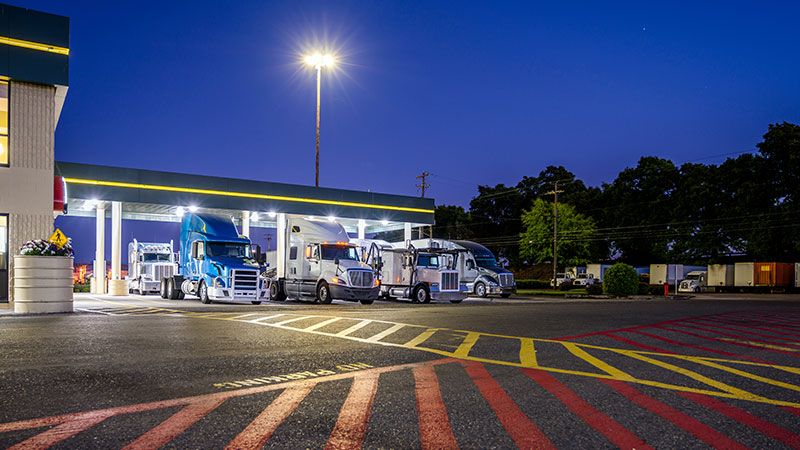Activate supplier engagement
Pay suppliers and vendors your way while generating revenue when you choose virtual cards.



Pay suppliers faster and earn rebates
Get your free supplier analysis to see if you’re missing out on potential revenue
Do you have suppliers and vendors who already accept WEX virtual cards? If so, you could be missing out on potential revenue in the form of virtual card rebates.
The six-part WEX supplier enablement journey methodology has successfully onboarded millions of suppliers worldwide. We work with you to provide a deep opportunity assessment of all your supplier payments and to create the right supplier acceptance strategy and necessary reporting.
Get started now by requesting your free supplier analysis. WEX will review your supplier base and show you how many of your key suppliers we already know will accept virtual cards.

Our supplier enablement experts have a proven track record
The supplier enablement journey
WEX brings you broad knowledge of suppliers that accept virtual card payments, comprehensive campaign management to bring suppliers on board, and various payment delivery options to help optimize your payments process. We approach your supplier enablement journey in six primary steps.
Assessment
Outreach
Payment Delivery
Learn how supplier enablement can work for your business
Stay connected
Subscribe to our corporate payments blog and follow us on social media to keep up with the latest payments innovations.






